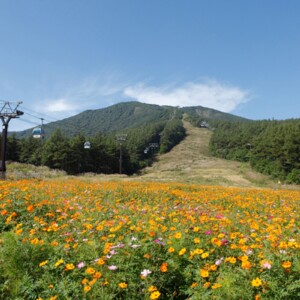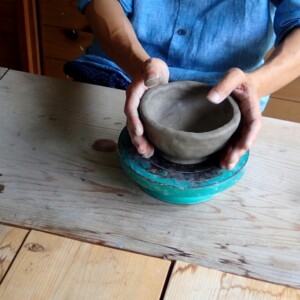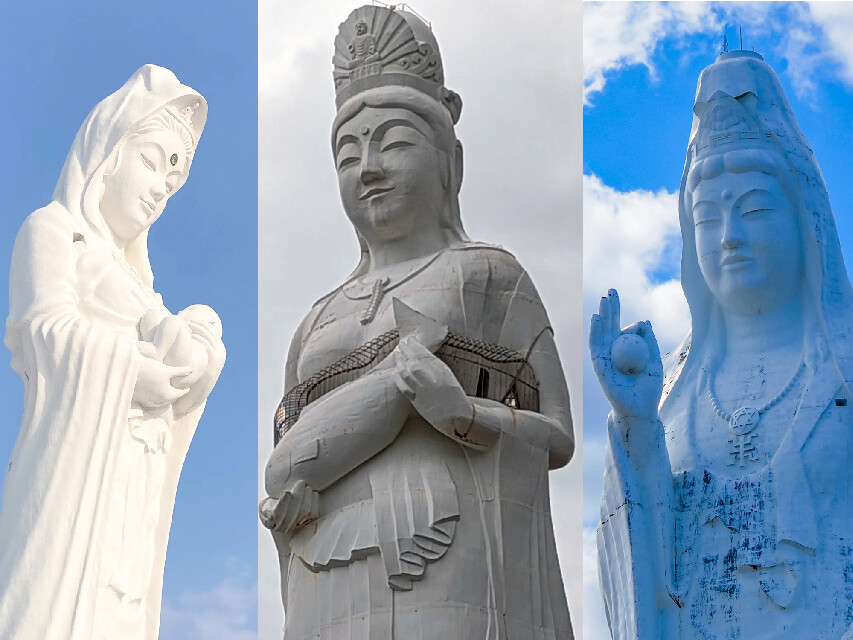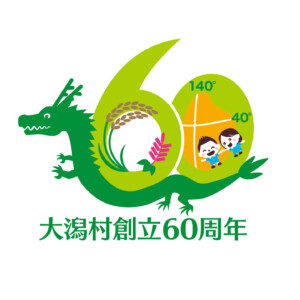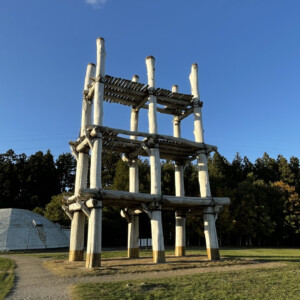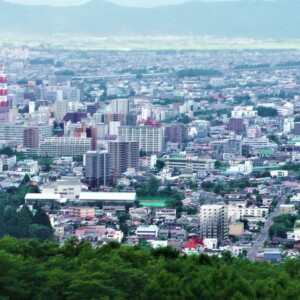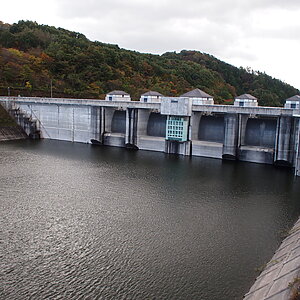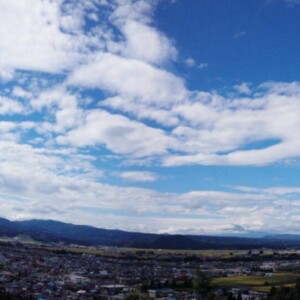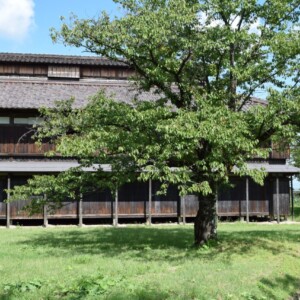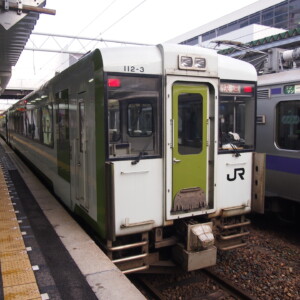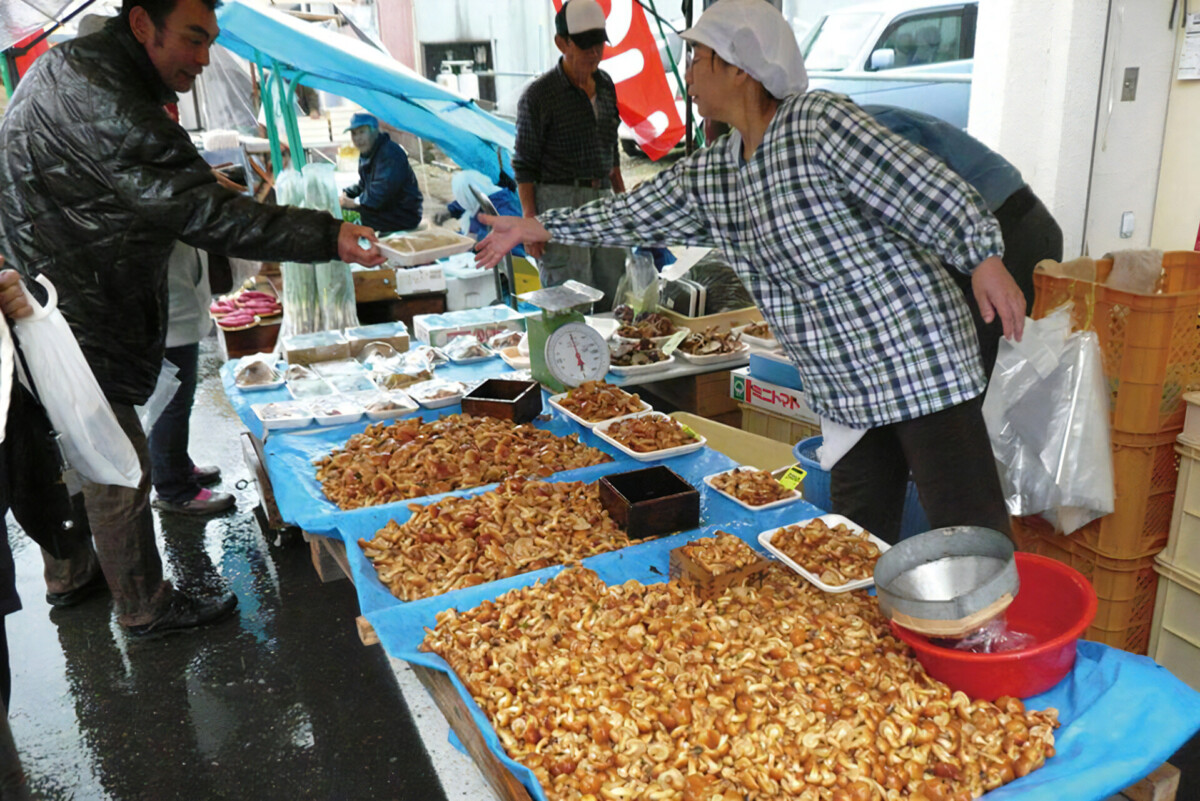
Gojome Town, home to a morning market that has been around for over 500 years and "zelkova with breasts" (Akita Prefecture)
table of contents
- 1 Gojome was a territory of the Kubota clan during the Edo period.
- 2 Before Edo, the feudal lords changed from the Fujiwara clan to the Tachibana clan and the Ando clan (Akita clan).
- 3 The Ando clan from Mutsu Province ruled Akita County.
- 4 At the end of the Sengoku period, the Ando clan was involved in an internal conflict called the Minato Gassen.
- 5 In Gojome Town, there are ruins of castles built by many powerful clans and vassals of the Ando clan.
- 6 Gojome Morning Market has been a bustling local community for over 500 years.
- 7 The five castles of the Edo period left in Masumi Sugae's book
- 8 “Noda Zelkova” is known as the “God of Breast Milk”
- 9 "Bangaku" and "Bangaku mask" that have been handed down since ancient times, which Masumi also painted
- 10 The tablet drawn by Masumi Sugae has existed since the Kamakura period.
Gojome Town, located in the north of Akita City , is known for its morning market that started about 500 years ago and has a population of approximately 7,700 people (As of February 2024, Akita Prefecture Population and Households (Monthly Report)). It's a town.
Gojome was a territory of the Kubota clan during the Edo period.
During the Edo period, it was the territory of the Kubota Domain (Akita Domain), and it is said that this place was written as "500-me" and was called "gojume" but in the Edo period, someone wrote it coolly using the kanji for "50-jome".
It was officially called the fifth castle in 1896 (Meiji 29). Later, in 1955, five towns and villages, Babame Village, Futtsunai Village, Uchikawa Village and Okawa Village, which were located in the vicinity, centered around merged, and the present Gojome Town was born.
Before Edo, the feudal lords changed from the Fujiwara clan to the Tachibana clan and the Ando clan (Akita clan).
People have lived in the area around Gojome Town since the Jomon period ( Nakayama Ruins ), and ruins from the Nara and Heian periods (Nakayachi Ruins/Iwanoyama Tumulus Group = Akita Prefecture designated historic site) ) have also been excavated.
In the regional division of the country established by the Yamato Court in the Ritsuryo period after the Nara period, the Gojome area was incorporated into Akita County, and during the Heian period it was under the control of the Oshu Fujiwara clan of Hiraizumi (Iwate Prefecture). When the Fujiwara clan was destroyed by Minamoto no Yoritomo and the Kamakura period began, the Tachibana clan came to Akita County as Jito (regional administrator) under the orders of Yoritomo.
The Tachibana clan continued for a while in Gojome, but in the Muromachi period, the Tachibana clan left Akita County. Around that time, the Ando clan began to expand their influence by moving south from Tsugaru and building a port castle at Tsuchizaki Minato (Tsuchizaki Port, Akita City) in Dewa Province (Akita Prefecture).
The Ando clan from Mutsu Province ruled Akita County.
The Ando clan (Ando clan) powerful clans that originated when the Abe clan, based in Mutsu Province (Iwate Prefecture) which was destroyed by Imperial Court (Kyoto) during the role of the 9th year (2019 War/1051-1062) Fujisaki (Fujisaki Town, Aomori Prefecture) and founded the Ando clan (later Ando clan).
He then gained strength and expanded his range of power, and Jusanminato (Tosaminato/Goshogawara City, Aomori Prefecture) , where he flourished greatly.
The Ando clan split into two factions and expanded their territory. The faction that stretched south is also known as the "Minato Ando clan"
Meanwhile, the faction that invaded the east did not go smoothly, but was defeated by the Nanbu clan, which had the power of the eastern part of Mutsu (such as Iwate Prefecture), and fled to Ezo (Hokkaido).
In the mid-1400s, he returned to Mutsu Province again and built a castle in Hiyama (Hiyama, Noshiro City) (Hiyama Castle/Hiyama Castle ruins are nationally designated historic sites) and revived the power.
the "Hiyama Ando clan" , gradually advanced southward, thanks to the support of the Minato Ando clan, and is said to have also entered the area of Gojome in the latter half of the Sengoku period.
At the end of the Sengoku period, the Ando clan was involved in an internal conflict called the Minato Gassen.
The Hiyama Ando clan and the Minato Ando clan were not close, and apparently they often wore internal conflicts, and during the Warring States period in the late 1520s, the battle between the Ando clans became the "Minato Battle."
This conflict was dominated by Hiyama Ando, and in the end the merger of the two families was implemented and the consolidation was completed.
The integrated Ando clan the Akita clan and became the ruler of Akita County, including the Gojome. The Akita clan (formerly Ando clan) ruled Akita County, but in the Edo period, he replaced the Satake clan, who was ordered to move from Hitachi Province (Ibaraki Prefecture) in 1602, and moved to Hitachi Province as a daimyo of 50,000 koku.
He spent about 40 years in Hitachi Province, and in 1645 he moved to the Miharu Domain (Miharu Town, Fukushima Prefecture) in Iwaki (Fukushima Prefecture) for 55,000 koku, and served as the lord of the Miharu Domain until the end of the Edo period.
In Gojome Town, there are ruins of castles built by many powerful clans and vassals of the Ando clan.
In the old towns and villages that make up Gojome Town, there were small powerful families who built castles (pavilions) even before the Ando clan took control. Even after the Ando clan entered the country, vassals of the Ando clan continued to build castles, and records include Babame Castle, Yamauchi Castle, Sarutakate, Tomita Castle, Okawa Castle, Ura Castle, Okamoto Castle, Sunazawa Castle, and Oshikiri Castle. also becomes the 10th castle (mansion) of Kioukan The location has been identified, but little is known about its details.
babame castle
Babame Castle is located in the upper reaches of the Babame River that flows through the center of Gojome Town, and a morning market has been located in the castle town for about 500 years. After the Battle of Minato, the Akita clan built Sunazawa Castle as their fifth castle, and it is said that at that time they moved the Babame Morning Market to Sunazawa Castle Town (currently known as Gojome Morning Market).
Babame Castle was abandoned after the war because the castle owner belonged to the Minato Ando clan and resisted the Hiyama Ando clan during the Minato Battle.
Sunazawa Castle
Sunasawa Castle was a castle built by the Akita clan in Gojume-cho (formerly Gojome-cho) towards the end of the Sengoku period, in exchange for abolishing Babame Castle and Ura Castle.The first lord of the castle was a vassal of the Akita clan. This is Hidemori Fujiwara Naiki. This mountain castle was once on the top of a small mountain (approximately 95 meters above sea level) overlooking the current center of Gojome Town, and the Gojome Town Forest Museum being built .
Sunazawa Castle was abandoned when the Akita clan moved to Hitachi Province.

Fifth Castle Castle <Information>
- Facility name: Gojome Castle (Gojome Town Forest Museum)
- Location: 62-2 Ushinazawa, Gojome-cho, Minamiakita-gun, Akita Prefecture
- Phone number: 018-852-3110
- Opening hours:
- April 1st - October 31st / 9:00 - 17:00
- November 1st - November 30th / 9:00 - 16:00
- Admission fee: Free
- Closed: December 1st - March 31st: Closed for winter
- URL: Gojome Castle (Gojome Town Forest Museum)
- Railway: Approximately 15 minutes by bus from Hachirogata Station on the Ou Main Line to Gojome Bus Terminal, then approximately 2 minutes' walk from the last stop.
- Car: Approximately 15 minutes from Akita Expressway Gojome Hachirogata IC
Google Map
Gojome Morning Market has been a bustling local community for over 500 years.
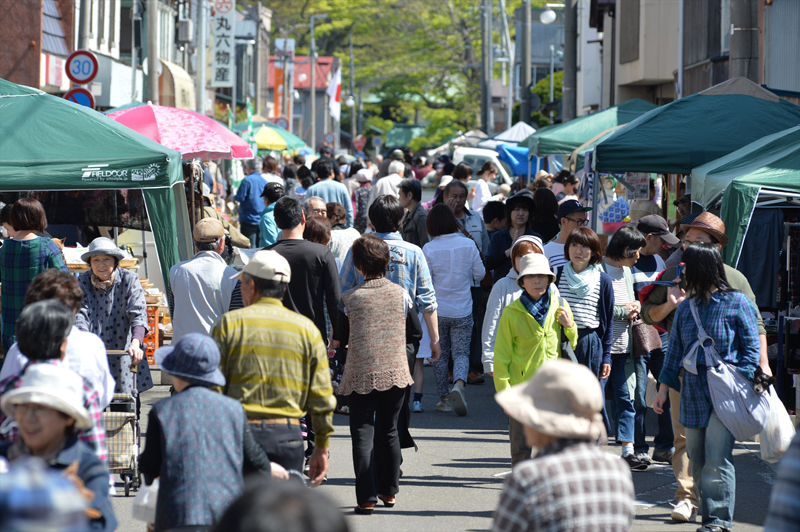
Gojome Morning Market is a morning market that is said to have started around the end of the 1400s in the Babame Castle Town in the Babame district, located within Gojome Town, and was moved to Sunazawa Castle, which was built at the same time as Babame Castle abandoned, and is a morning market that continues to this day.
Unlike Takayama (Takayama City, Gifu Prefecture) and Katsuura (Katsuura City, Chiba Prefecture), which have a strong tourist element, this city is an indispensable part of local people as a living city, and takes the form of a so-called 12-year-old city, held on the 2, 5, 7, and 0th of each month.
Gojome Morning Market <Information>
- Facility name: Gojome Morning Market
- Location: Shimotamachi Street, Gojome-cho, Minamiakita-gun, Akita Prefecture (commonly known as Asaichi Street)
- Phone number: 018-852-5222 (Gojome Town Hall, Commerce and Industry Promotion Division, Commerce and Industry Promotion Section)
- Dates: Monthly days with 2, 5, 7, and 0, and 3 temporary markets (May 4th “Festival Market”, August 13th “Bon Market”, December 31st “Toshinoichi”)
- Event time: 7:00-12:00
- Events: Wild Vegetables Festival (mid-May), Ichigami Festival (mid-June), Mizutaki Festival (mid-July), Mushroom Festival (mid-October), Warm Pot Festival (mid-February)
- URL: Gojome Morning Market
- access:
- Railway: Approximately 15 minutes by bus from Hachirogata Station on the Ou Main Line to Gojome Bus Terminal, then approximately 2 minutes' walk from the last stop.
- Car: Approximately 5 minutes from Akita Expressway Gojome Hachirogata IC
Google Map
The five castles of the Edo period left in Masumi Sugae's book
During the Edo period, the Gojome area was under the control of the Satake clan of the Kubota clan and continued until the Meiji Restoration.
During the Edo period, there were no major incidents and people were living in peace. The Hina's Play (Ishisha-satsu Conquest) by Sugae Masumi (1754-1829), the Akita region and left behind many illustrations along with travelogues , has illustrated illustrations along with explanations of the scenery of the fifth castle, folk performances, treasures, and more.

Although 220 years have passed since the Edo period in which Masumi lived, some of the scenery and tools that caught his eye still remain.
“Noda Zelkova” is known as the “God of Breast Milk”
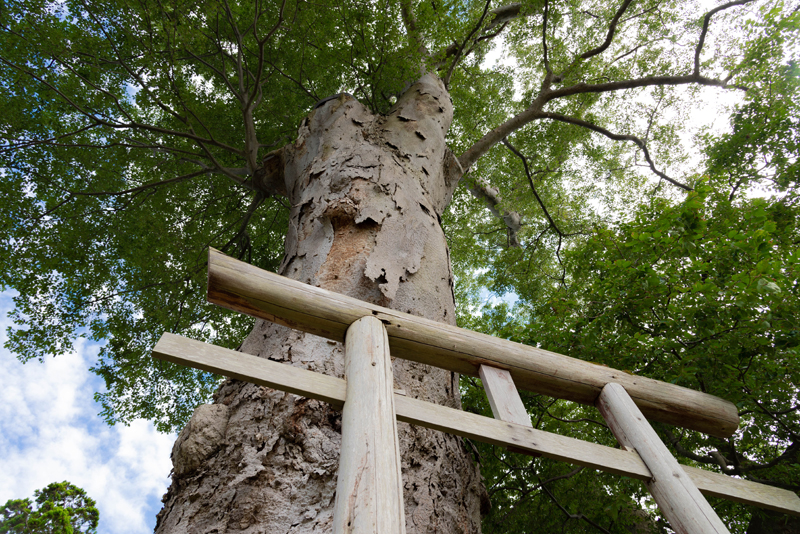
Zelkova in Noda is Hachiman Shrine in the Moriyama district of Gojome Town and is popular as the "god of breast milk" because the two knobs attached to the trunk look like human breasts
It is said to be about 1,000 years old, and is a large tree with a maximum trunk circumference of about 21m. Masumi "Breast Tsuki (the old name of zelkova) ," I have been watching over people as they are. Zelkova in Noda is a natural monument in Gojome Town.
Noda's Zelkova <Information>
- Facility name: Noda Zelkova/Hachiman Shrine
- Address: 109 Aino, Noda, Gojome-cho, Minamiakita-gun, Akita Prefecture
- Phone number: 018-852-4411 (Gojome Town Board of Education, Lifelong Learning Division)
- Free walk around the grounds
- access:
- Railway: Approximately 15 minutes by bus bound for Gojome Bus Terminal from Hachirogata Station on the Ou Main Line, then approximately 25 minutes on foot from Isonome bus stop.
- Car: Approximately 3 minutes from Akita Expressway Gojome Hachirogata IC
Google Map
"Bangaku" and "Bangaku mask" that have been handed down since ancient times, which Masumi also painted
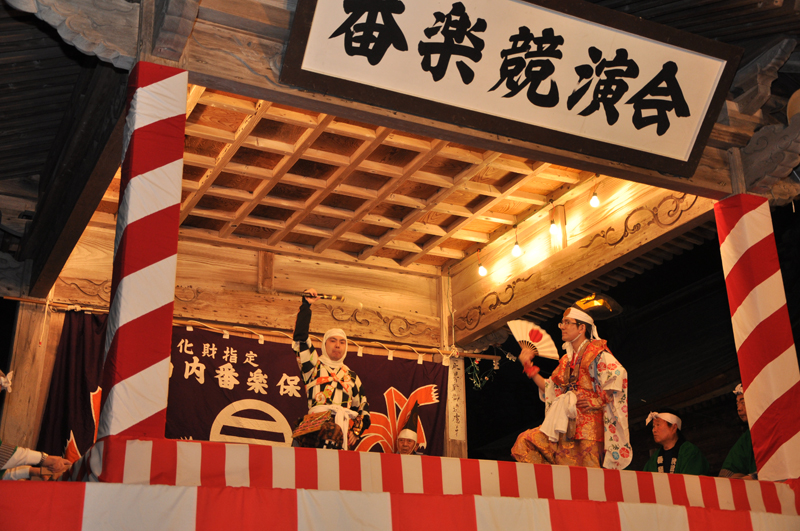
Bangaku is a type of kagura dance that has been passed down in various parts of Akita and Yamagata prefectures.
Kagura dance is said to have originated from the dance in which Ameno Uzume Mikoto was danced to summon Amaterasu Omikami, who had been hidden in Ama-no Iwato, and this has been passed down in various ways throughout the country.
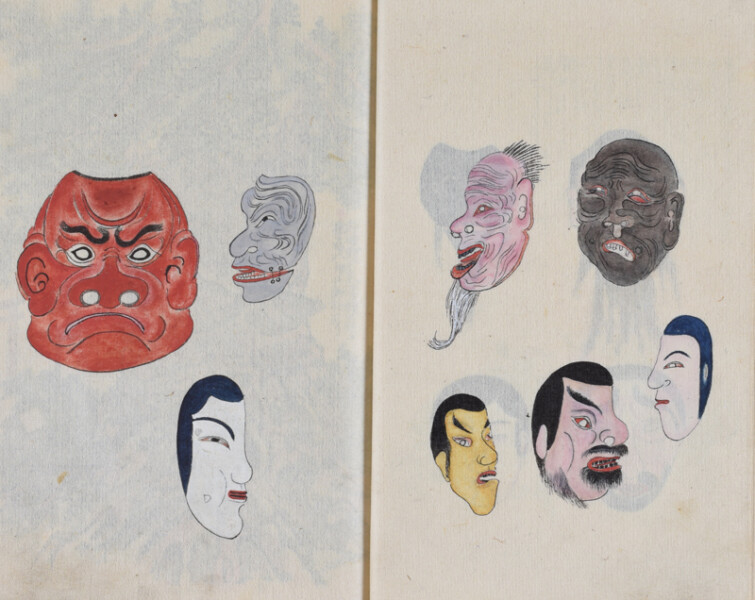
Banraku its a Yamabushi dance and has been handed down as a folk performing arts.
Originally, mountain asses were dancing around people's houses wearing masks, but at some point, the villagers began to dance.
The Gojo Castle has a Banraku that has been handed down to four villages: Yamauchi, Nakamura, Nishino, and Koiji, but when Masumi stopped by the Gojo Castle around the early 1800s, he saw the Banraku in Yamauchi Village, and left behind the scenes of the dance and the Banraku aspects in the picture.
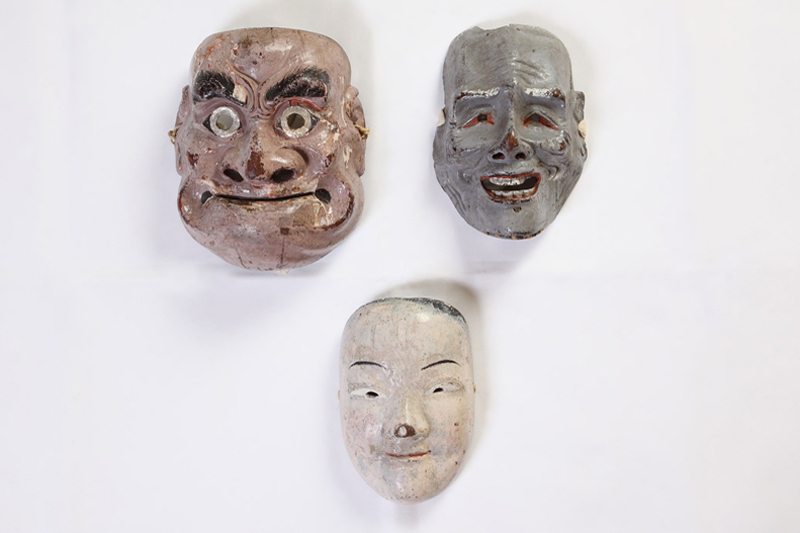
Five Castle Banraku <Information>
- Facility name: Gojome Bangaku Concert/Gojome Shinmeisha Kagura Hall
- Location: 115 Shinmeimae, Gojome-cho, Minamiakita-gun, Akita Prefecture
- Phone number: 018-852-4411 (Gojome Town Board of Education, Lifelong Learning Division, Lifelong Learning Promotion Section)
- Date: 19:00 on the day before the third Sunday in May
- access:
- Railway: Approximately 15 minutes by bus bound for Gojome Bus Terminal from Hachirogata Station on the Ou Main Line, then approximately 8 minutes on foot from Isonome bus stop.
- Car: Approximately 5 minutes from Akita Expressway Gojome Hachirogata IC
Google Map
The tablet drawn by Masumi Sugae has existed since the Kamakura period.
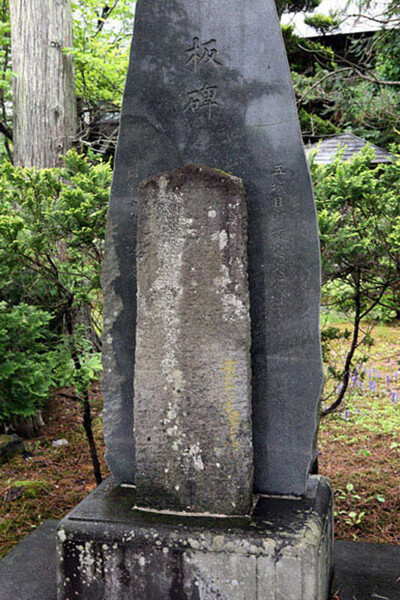
Itabi is a type of memorial tower made of stone shaped into a plate, and was mainly made from the Kamakura period to the Muromachi period. There are many board monuments left all over the country, but there are also some left around Gojome, and they are also depicted in Masumi's drawings.
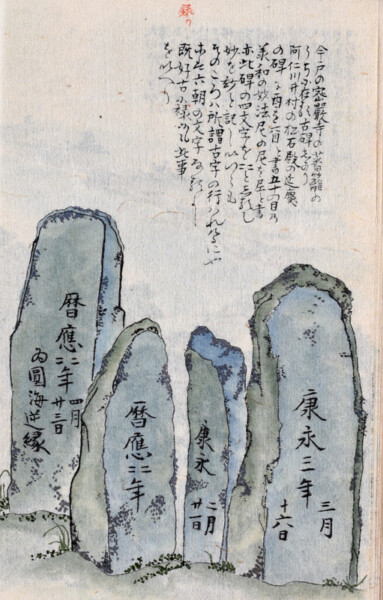


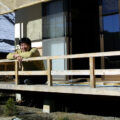
![Enjoy the scenery along the Sea of Japan! Resort Shirakami Trip [Akita/Aomori] 3992933_m](https://jp.neft.asia/wp-content/uploads/2024/02/3992933_m-150x150.jpg)
![Hot springs gush out in a place where there are no volcanoes! "Yuzawa Geopark" where you can see the mystery of the earth up close [Akita Prefecture] 4550228_m](https://jp.neft.asia/wp-content/uploads/2023/02/4550228_m-150x150.jpg)
![The popular game "Matagi" started in Kitaakita City! [Akita Prefecture] matagi](https://jp.neft.asia/wp-content/uploads/2024/04/matagi-150x150.jpg)
![Yurihonjo City, where Honjo, Kameda and Yajima domains were intersected between the Kubota and Shonai domains [Akita Prefecture] FF2C8AAA4350E7E179F97F97B38B3A2302F-1](https://jp.neft.asia/wp-content/uploads/2024/04/ff2c8aaa4350e7e179f97f38b3a2302f-1-150x150.jpg)
![Why do Nama balds take knives to tempt people - Oga Peninsula and the Legend of the Demon (1) [Akita Prefecture] New Year's Eve Event 001 @OGA City](https://jp.neft.asia/wp-content/uploads/2024/10/00bf8a32651033edd1191ba2d04c6f61-150x150.jpg)
![Akita Cedar, which has been close to people's lives since ancient times, is a close look at the reasons and secrets [Akita Prefecture] Ninfu Mizusawa Cedar Rare Population Protection Forest (Noshiro City, Akita Prefecture)_Travel Tohoku](https://jp.neft.asia/wp-content/uploads/2025/05/792bcbe7d9fd514753f4deeaca3de33f-150x150.jpg)
![The submerged forests of Lake Akiogi can only be seen from May to June! A mysterious sight with trees floating in the lake [Akita Prefecture] Submerged forest of Lake Akifan](https://jp.neft.asia/wp-content/uploads/2023/07/IMG_5033-150x150.jpg)
![[Chokaisan and Tobishima Geopark: Yurihonjo Edition] A strata from when Japan was the Eurasian continent can be seen B5C46A18BC0CC0CC0E9AD08084EAA5B](https://jp.neft.asia/wp-content/uploads/2024/04/b5c46a18bc0cc79de0e9ad08084eaa5b-150x150.jpg)
